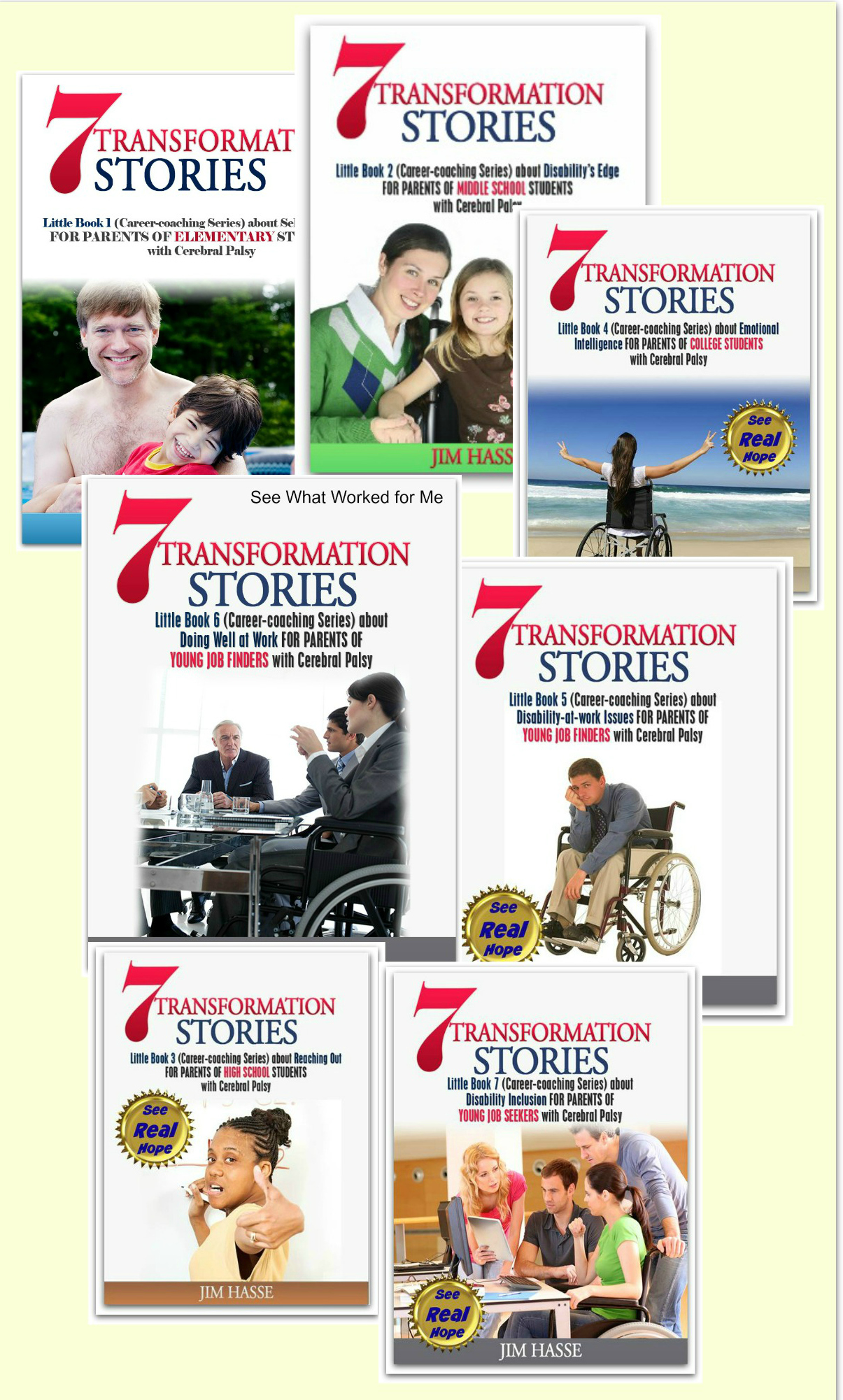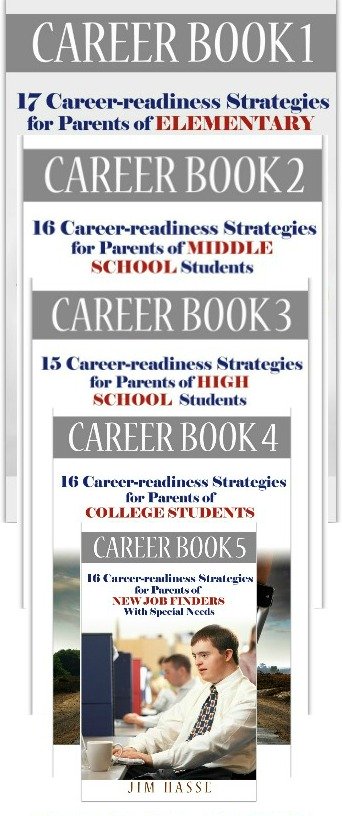Resume Writing Tips: Cerebral Palsy Career Builders for High School Students
By Jim Hasse, ABC, GCDF, Disability Employment Expert
_________________________________________________________
Share these resume writing tips with the high school student with cerebral palsy (CP) you are mentoring as he or she begins to apply for part-time jobs while still in school.
Every few years, career counselors and hiring managers seem to come up with a new set of “preferred” resume writing guidelines. The latest twist is the recognition that generally people in this second decade of the 21st Century tend to develop “portfolio careers.”
The “portfolio career” term recognizes that your youngster will not have one job or one employer during his or her lifetime but, instead, multiple jobs and multiple employers within one or more professions.
In fact, Robert C. Chope, Ph.D., says your soon-to-be job seeker can expect to spend about four years on one job and change jobs nine times during his or her career. That will put a premium on personal branding skills, which involves identifying a generic function your youngster performs within the work world. He or she then can become more specific about “what I can do” for particular jobs.
For instance, a “communicator” can be a “radio broadcaster,” an “online blogger,” an independent journalist,” a “corporate communicator” etc., which all call for the same core skill set.
The “portfolio career” term also means your youngster will probably play many roles within one job (writer, teacher, manager etc.)
So, how will your youngster be able to explain -- in one resume -- all those roles to potential employers once he or she is in the job market?
Among contemporary resume writing tips is this tidbit: The answer may not be a chronological resume or a functional resume but a combination resume.
Here is the latest resume writing guide for a combination resume:
- It
combines the chronological and functional formats by putting functions and
skills at the top of the page and a reverse (earliest to latest employment
record) chronological employment record at the bottom of the resume.
- Unlike in the functional resume, timelines are included, but marketable skills and accomplishments are highlighted and are upfront.
The biggest weakness of a combination resume is that it departs from the traditional format and is unfamiliar to many people. It’s best used when there is a need to highlight flexible qualifications for a variety of jobs.
In any case, your youngster needs to keep in mind that he or she will need to customize a resume by job category and that every resume needs to be modified to include the same key words found in each job posting targeted.
Beyond those general resume writing tips, here are the pros and cons of each type of resume: chronological, functional and combination.

Chronological Resume Writing Tips
Overview
It offers a concise picture of applicant as a potential employee. It lists most recent work experience first.
Advantages
It’s easy to write. It emphasizes a steady work record. Employers like to see actual job titles, level of responsibility and dates experience.
Disadvantages
Gaps in employment are apparent. Skills are difficult to spot unless they are listed in the most recent job.
Do Use
It’s useful for emphasizing past career growth and development, for highlighting longevity or a former employer who may be significant in the eyes of a prospective employer.
Don’t Use
It’s not useful when there are gaps in work history, highlighting age could be a problem or re-entering the job market after a long absence is a problem.
Functional Resume Writing Tips
Overview
It’s brief, well-structured and focuses on skills (not history). It de-emphasizes a spotty history.
Advantages
Format allows job seeker to highlight specific strengths and transferrable skills that are important to employers but might now be obvious when outlined in a purely chronological order.
Disadvantages
Content may appear to lack depth because there is no detailed work history. Hiring managers want names of former employers and want to see accomplishments linked to word record.
Do Use
It’s useful for emphasizing transferrable skills from volunteer or paid work or coursework for those who are new graduates, who have limited experience or who do not want to call attention to their age.
Don’t Use
It’s not useful when the main goal is to emphasize personal growth or career development.
Combination Resume Writing Tips
Overview
It offers all the strength and flexibility of the functional and chronological resumes combined.
Advantages
It shows off a strong employment record with upward mobility and offers the opportunity to show how past performance applies to the open job at hand.
Disadvantages
Work history is often on the second page. Employers may not read that far.
Do Use
For career changers, it’s useful for emphasizing skills developed throughout a work history instead of positions held when names of former employers are not “hot buttons” for prospective employers.
Don’t Use
It’s not useful when work experience is limited or there are gaps in the work history.
Help your high school youngster prepare each type of resume for him or herself, preferably under your guidance as a mentoring parent and perhaps his or her school career counselor. Then, discuss which resume works in his or her current situation.
Regardless of which resume writing format is used, I find “talking it out” with other interested individuals as a group results in a more effective resume than if the development is strictly solo.
Return from Resume Writing Tips to Part-time Jobs
Go to Cerebral Palsy Career Builders
This is Creative Commons content. You can freely and legally use, share and repurpose it for non-commercial purposes only, provided you attach this sentence and the following attribution to it (including the two links):
Originally written and illustrated by Jim Hasse, ABC, GCDF, owner of Hasse Communication Counseling, LLC, who, as a person with cerebral palsy, served for 10 years as a vice president in a Fortune 500 company during his 29-year career in corporate communication. He’s an Accredited Business Communicator, certified as a Global Career Development Facilitator and author of 14 Amazon books about disability awareness and disability employment issues.





